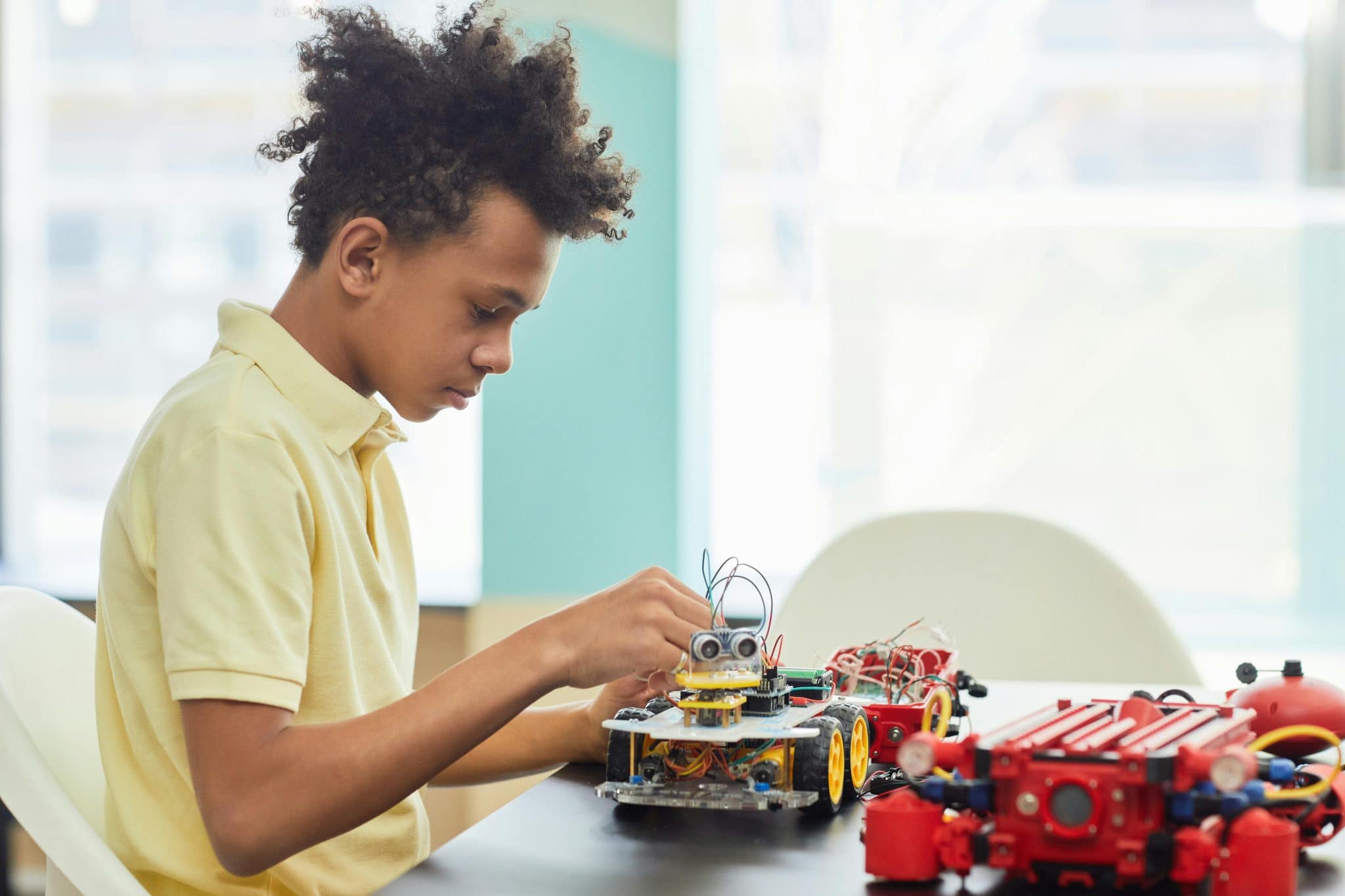Dyslexia Support: Innovative Classroom Strategies
As today’s classrooms become increasingly diverse and inclusive, it is vital for educators to possess the knowledge and resources to support students with various learning differences. Dyslexia, a learning disorder that affects the ability to read, write, and spell, is estimated to impact one in five individuals. With the right support and accommodations, students with dyslexia can excel in the classroom and beyond. In this article, we will explore some of the innovative strategies that teachers can implement to support students with dyslexia and help them reach their full potential.
Understanding Dyslexia
Dyslexia is a brain-based condition that mainly affects reading, writing, spelling, and sometimes math skills. It is not a sign of low intelligence or poor vision, and it is not caused by a lack of effort or motivation. The exact cause of dyslexia is still unknown, but it is believed to be rooted in differences in how the brain processes language. Students with dyslexia may struggle with decoding words, identifying sounds, and understanding the relationship between letters and sounds. This can result in difficulties with reading fluency, spelling, and comprehension.
Identifying Students with Dyslexia
It is essential for teachers to recognize the signs of dyslexia, as early identification and intervention can greatly improve a student’s academic success. Some common signs of dyslexia in the classroom include difficulty recognizing and decoding words, reading slowly and with errors, reversing letters or numbers, and struggling with spelling. Teachers can also look for clues in a student’s expressive language, such as difficulty with rhyming or recalling familiar words and names. It is crucial to remember that dyslexia can show up differently in each student, so it is essential to observe and document specific behaviors and difficulties.
Innovative Classroom Strategies for Dyslexia Support
Multisensory Learning
Multisensory learning is a research-based approach that involves using multiple senses to enhance learning and retention. Students with dyslexia often benefit from this approach as it allows them to process information in different ways. For example, teachers can incorporate hands-on activities, visual aids, and oral instruction when teaching new concepts. This not only appeals to different learning styles but also reinforces learning and helps students make connections between concepts.
Explicit Instruction
Explicit instruction is a highly structured and systematic approach to teaching. This method breaks down information into smaller, more manageable chunks and provides students with clearly defined steps and strategies. For students with dyslexia, explicit instruction can help them develop essential skills, such as phonemic awareness and decoding. Teachers can use explicit instruction to teach students strategies for breaking down words into smaller parts, identifying sounds, and blending sounds together to read words.
Technology Integration
Technology can be a powerful tool for supporting students with dyslexia. There are various software programs and apps specifically designed to help students with reading and writing difficulties. These tools use features such as text-to-speech, word prediction, and spell check to assist students with their writing. Technology can also provide students with independent and personalized learning opportunities. Teachers can incorporate technology into the classroom by assigning digital activities, using educational games, and providing access to assistive technology devices.
Collaboration and Communication
Collaboration and communication between teachers, students, and parents are crucial for supporting students with dyslexia. Teachers should work closely with special education teachers and other professionals to develop and implement individualized education plans (IEPs) for students with dyslexia. They can also communicate with parents and provide them with strategies and resources to support their child’s learning at home. It is essential to keep open lines of communication and create a team approach to supporting the student’s academic success.
Conclusion
Students with dyslexia face unique challenges in the classroom, but with the right support and accommodations, they can thrive academically and reach their full potential. By understanding the nature of dyslexia and implementing innovative classroom strategies, teachers can create a learning environment that meets the needs of all students. With early intervention and appropriate support, students with dyslexia can overcome their difficulties and succeed in school and in life.










